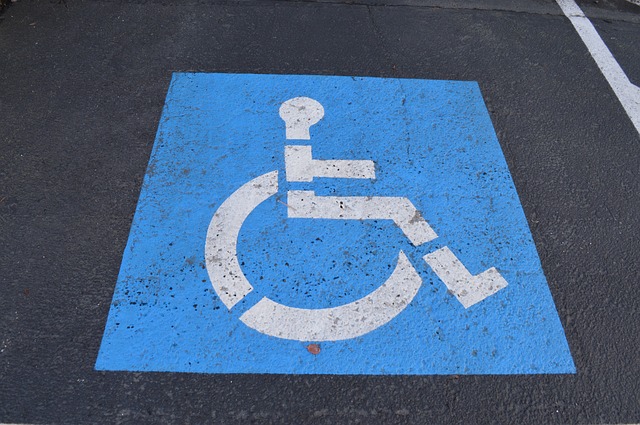Continue reading Redefining Disability: Experts Tackle Tired Cliches
Author: Tom
Not Just for Wheelchairs: A Resource Guide to Universal Design
Continue reading Not Just for Wheelchairs: A Resource Guide to Universal Design
How to Prepare for Colder Weather When Living with a Mobility Issue
As much of the nation is headed into, if not already feeling, the coldest time of the year, it’s a good idea to make sure that anyone who uses mobility equipment such as knee walkers or wheelchairs are fully prepared. Depending on the severity of your mobility needs, winter preparedness can vary from case to case, but there are some basic steps you can take to be sure you enjoy a safe winter.
Continue reading How to Prepare for Colder Weather When Living with a Mobility Issue
ADA Resources in the Workplace

Disabled citizens have faced hardships in trying to live everyday lives. From having difficulties accessing buildings to difficulties using transportation to having difficulties in being incorporated into regular life, the disabled have had to overcome long odds.
Wheelchair Resources – The Disabled in the Community
Continue reading Wheelchair Resources – The Disabled in the Community
From Wheelchair To Hydrotherapy: A Resource Guide To Natural Healing Properties
Continue reading From Wheelchair To Hydrotherapy: A Resource Guide To Natural Healing Properties
Beyond The Wheelchair – A Disability Resource Guide
Continue reading Beyond The Wheelchair – A Disability Resource Guide
Guest-Post: Why Visitability is Necessary
I vividly remember a point in time where I wished desperately that the whole world was in a wheelchair, so that everyone could know what my daughter had to go through just to go to someone’s home. Now, it looks like the city of Austin, Texas is creating that world. Well, kind of.
Whose Financial Burden Will You Become
I think many of us fear the notion of being elderly, infirm, and helpless. We are afraid to imagine that we could be alone or reliant on others for care, with no hope for better days before we pass. It is a future that no one wants to consider might befall them. Unfortunately, this means that many Americans are not preparing for the possibility of needing long term care in their senior years.
Choosing the Best Handicapped Car for Your Needs
Continue reading Choosing the Best Handicapped Car for Your Needs
Top Ten Reasons to Use a Roll About Scooter
Continue reading Top Ten Reasons to Use a Roll About Scooter
The Cost of a Wheelchair Van Conversion
Wheelchair Ramps for a Handicap Van
You can also have modifications made to a standard van.